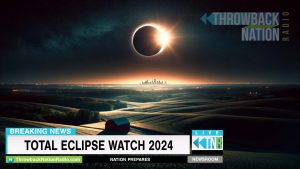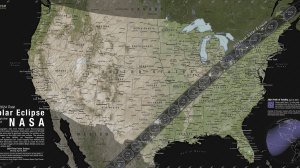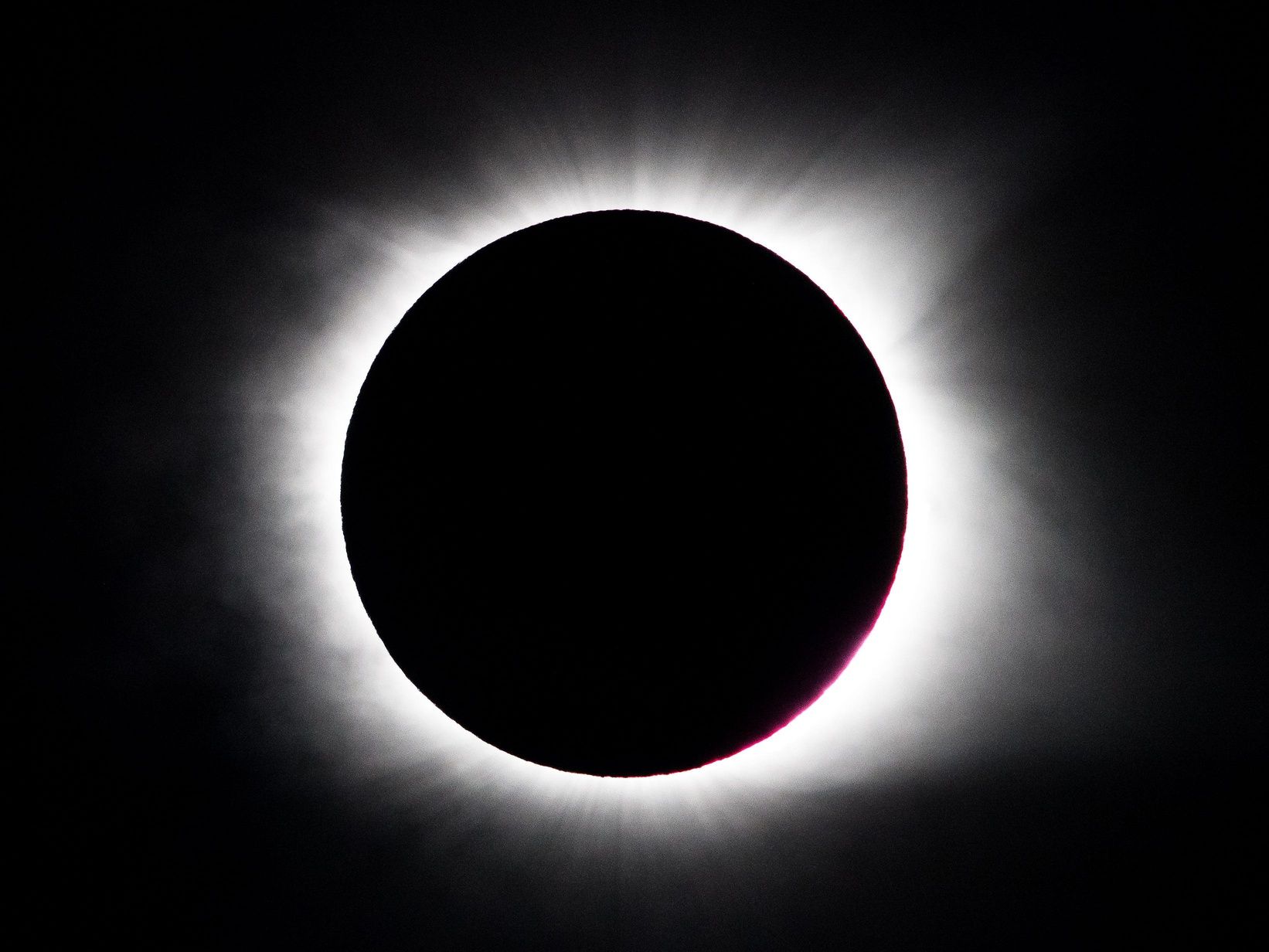2024 Total Solar Eclipse: What You Need To Know
In just 10 days, we have the chance to experience a total eclipse… not of the heart, like Bonnie Tyler sang about, but a total solar eclipse!

On Monday, April 8, the Moon will pass between the Sun and Earth. In some parts of the U.S., the Moon will completely block the Sun and the sky will darken. Other parts of the U.S. will experience a partial eclipse.
The path of totality – where you can see the Moon totally block the sun, is shown in this map from NASA. It’s a 115-mile path arching from Mexico to Texas to Maine.

The total eclipse will begin over the South Pacific Ocean and gradually move to the northeast. The first spot in North America that will experience the total eclipse will be Mexico’s Pacific coast. Texas viewers will see it around 1:35 – 1:45 p.m. CT. Indiana viewers, including our Throwback Nation listeners in Fort Wayne, can expect to see it around 3:10 p.m. ET. Our listeners in Holten, Maine will be some of the last in the U.S. to experience the eclipse around 4:20 – 4:35 p.m. ET. The whole event will take about two and a half hours, but totality will only last about 4 minutes.
People are already making travel plans to states within that path of totality so they can experience the full eclipse. Schools are canceling class, viewing parties are being arranged, and shirts are being sold! Some places, like Kaufman County, Texas, have issued a disaster declaration to help manage the expected crowds and traffic. The FAA has issued travel warnings and said flight delays and cancellations are likely. NASA is also warning about the sale of fake eclipse glasses. Looking at the eclipse without special glasses can cause serious eye injury.
Even if you don’t live in the path of totality, you’ll still be able to experience at least a partial eclipse, weather permitting.
We’ve put together a list of helpful tips and links so you’ll learn all you need to know to see the solar show!
- Timing. Use this interactive map from timeanddate.com to determine exactly when you can expect to see the eclipse where you live. For example, Des Moines, Iowa is outside the path of totality and can expect close to 84% obscurity just before 2 p.m. CT.
- What to wear. You do need to wear special glasses to view the eclipse. The American Astronomical Society is warning against fake and counterfeit solar glasses. Here’s how to tell if yours are legit.
- Travel plans. If you are traveling to the path of totality or anywhere else around the time of the eclipse, pack your patience. The FAA is warning of travel disruptions from April 7-10.
Some of you may remember the 2017 total solar eclipse. The 2024 one is different in a few ways. The path of totality is much wider in 2024 than in 2017, so it will cover more ground. The length of totality is also longer this time around. And perhaps most exciting, NASA said the Sun will be in solar maximum, when the magnetic field is more active. Streamers could be visible, along with prominences, which are bright, pink loops coming off the Sun. There may even be a coronal mass ejection during the eclipse!
NASA has a great website full of good information if you want to read more… check it out here!



